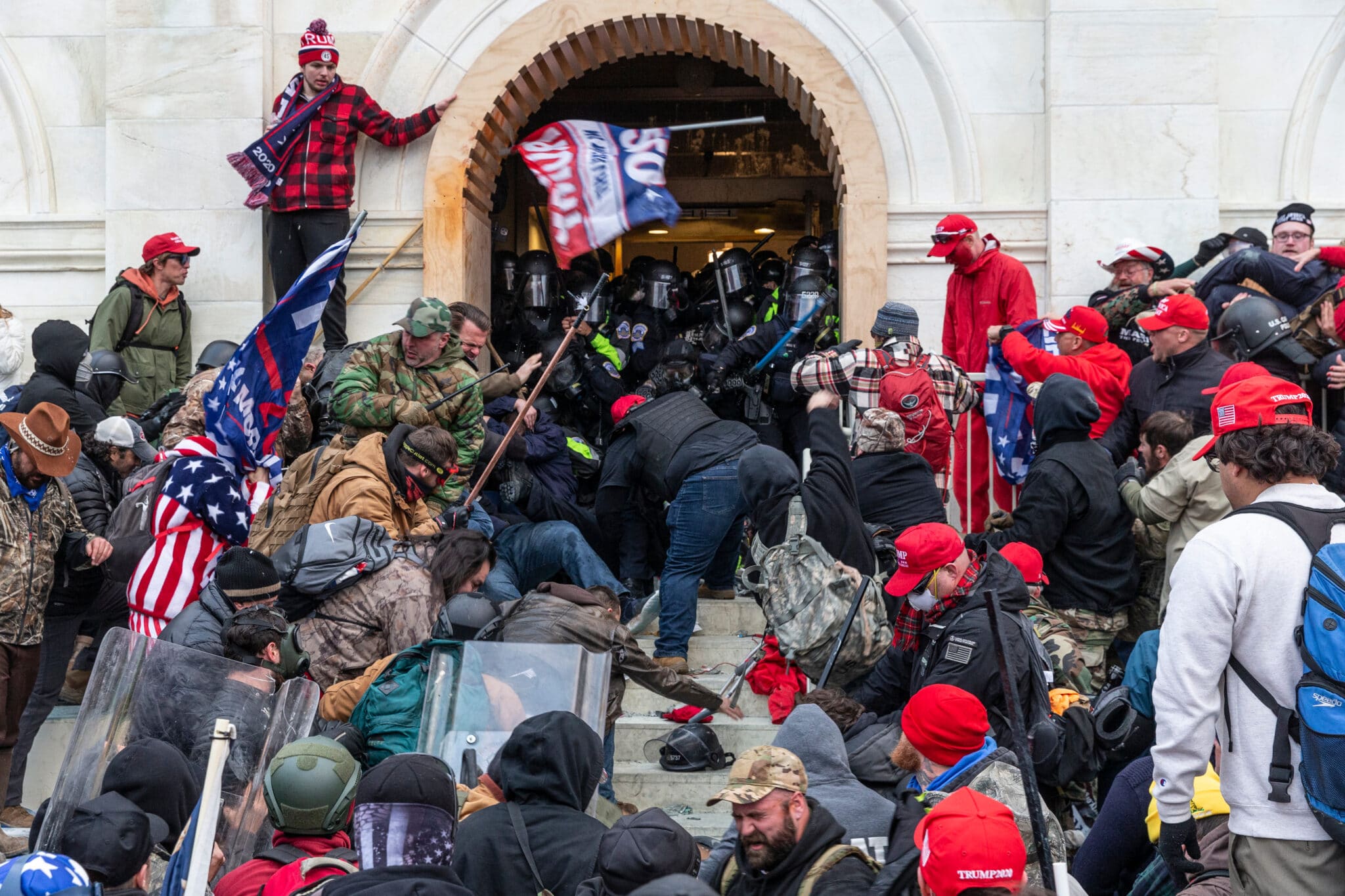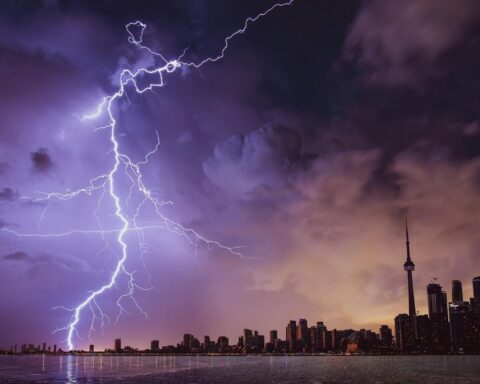The January 6 insurrection at the U.S. Capitol, a stark assault on America’s democratic heart, hits closer to home than many Georgians might realize. A detailed analysis of the defendants from Georgia reveals a surprising and unsettling truth: the insurrectionists weren’t just a distant group of agitators, but in many cases, they were our neighbors, coming from communities just like ours.
An examination of the geographic distribution of the Georgian defendants shows that their origins span across the state, with a notable concentration in the suburbs surrounding Atlanta as well as Macon. These areas, often seen as quiet, everyday neighborhoods, unexpectedly emerged as significant contributors to the group that stormed the Capitol. This distribution challenges the oft-held belief that such radical actions are confined to remote or rural areas, underscoring that the roots of extremism can penetrate into the most unsuspecting of communities.
Here is the breakdown of what areas of the state housed the extremists that stormed the capitol and how many of the 22 insurrectionists from Georgia were from each area.:
Number of Insurrectionists in Georgia Per Region:
- Metro Atlanta Area (including Johns Creek, Duluth, Decatur, Norcross, and Milton): 5
- Central Georgia (including Macon and Middle District): 4
- North Georgia (including Dawsonville, Cumming, and Flowery Branch): 3
- Coastal Georgia (including Savannah and Guyton): 2
- South Georgia (including Albany): 1
- West Central Georgia (including Butler): 2
- East Central Georgia (including Clayton): 1
- Northeast Georgia (including Gainesville): 1
- South Metro Atlanta (including Locust Grove): 1
- Specific location not listed: 2
Beyond their geographic origins, these individuals represent a cross-section of society, with various backgrounds and professions. From a roofing contractor in Johns Creek to a business owner in Jefferson, the profiles of these Georgians shatter the stereotype of the “typical” extremist. It’s a jarring realization for many: the faces in the mob were not just anonymous figures in a crowd, but people who might have been encountered in everyday life – at local stores, schools, or community events.
The weight of this realization is heavy, especially when considering the target of their actions. The U.S. Capitol isn’t just a building — it’s a symbol of American democracy, the epicenter of our nation’s legislative process. The attack on January 6 was more than a physical assault — it was an attempt to disrupt the very foundation of our democratic values and principles. And it wasn’t carried out by outsiders or foreign agents, it was done by Americans, including residents of Georgia. The very people you encounter in your everyday life.
This connection brings the events of January 6 into a new, more personal light for Georgians. The realization that individuals from our state, possibly from our own neighborhoods, played a role in such a historic and tragic event is sobering. It compels us to reflect on the state of our communities and the importance of understanding and addressing the factors that can lead to such radicalization.







